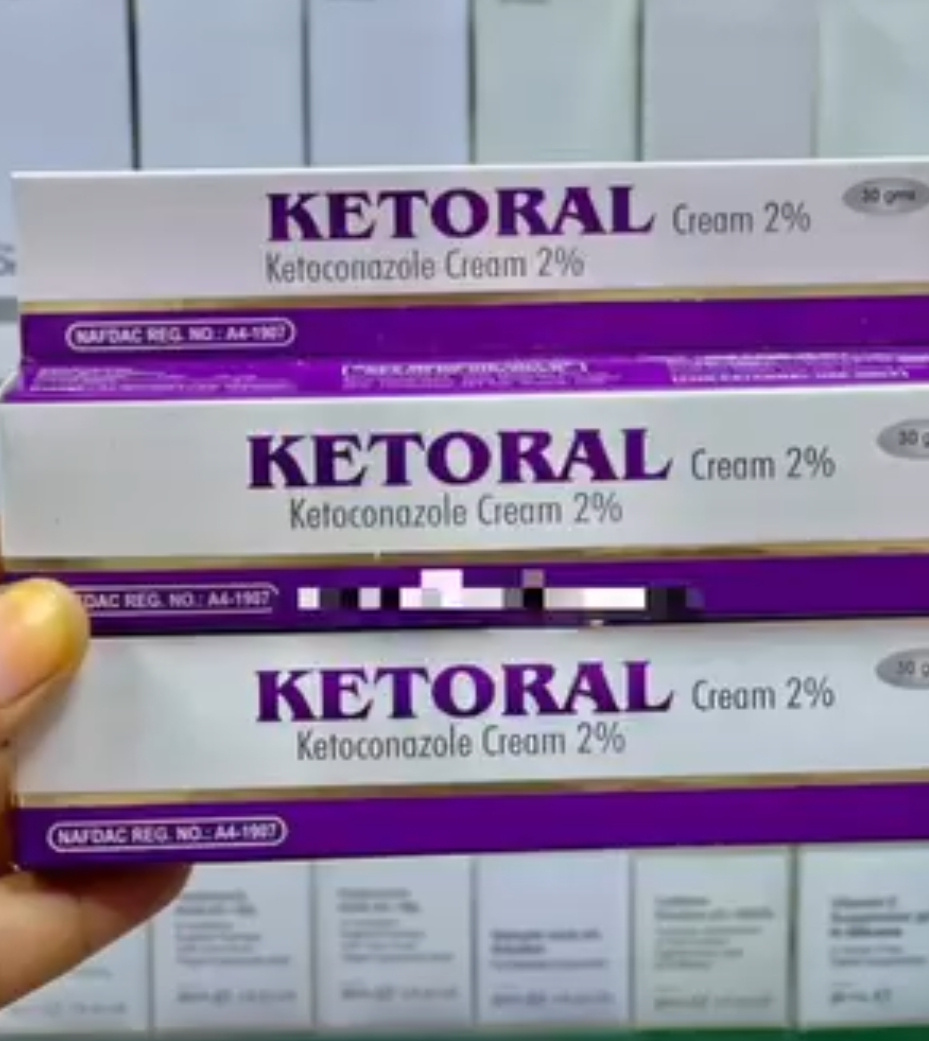Introduction: Why Understanding Ketoconazole Cream Side Effects Matters
In the ever-evolving world of skincare and dermatological treatments, ketoconazole cream stands out as a trusted solution for various fungal infections. With its antifungal properties, this medication has helped countless individuals combat conditions such as athlete’s foot, ringworm, and seborrheic dermatitis. But while its benefits are well-documented, understanding ketoconazole cream side effects is equally crucial for safe and effective usage.
For those navigating skin health challenges, the promise of relief is compelling. However, the potential side effects associated with ketoconazole cream highlight the importance of informed decision-making. This guide provides a comprehensive exploration of ketoconazole cream, from its uses to side effects, empowering readers to make educated choices for their skin health journey.
What Is Ketoconazole Cream?
Ketoconazole cream is a topical antifungal medication used to treat various fungal infections of the skin. It works by inhibiting the growth of fungi, effectively clearing up infections over time. Often prescribed by dermatologists, this cream is a staple in the treatment of conditions such as:
- Seborrheic Dermatitis: A chronic condition causing redness, scaling, and dandruff.
- Tinea Infections: Including athlete’s foot, ringworm, and jock itch.
- Pityriasis Versicolor: A fungal infection causing discolored patches on the skin.
How Does Ketoconazole Cream Work?
Ketoconazole, the active ingredient in the cream, is an azole antifungal agent. It disrupts the synthesis of ergosterol, a vital component of fungal cell membranes. Without ergosterol, the fungal cells become unstable, leading to their eventual death. This mechanism ensures that the infection is not only treated but also prevented from spreading.
Common Ketoconazole Cream Side Effects
While ketoconazole cream is generally well-tolerated, some users may experience side effects. These reactions are often mild and localized to the application area. Here are the most common side effects:
- Skin Irritation
- Redness
- Itching
- Burning sensation
- Dryness
- Allergic Reactions
- Rash
- Swelling
- Hives
- Contact Dermatitis
- Inflammation caused by sensitivity to the cream’s ingredients.
- Peeling or Cracking Skin
- In rare cases, prolonged use can lead to skin peeling, especially in sensitive individuals.
Who Is at Higher Risk?
Individuals with sensitive skin or allergies to azole antifungal medications may be more prone to these side effects.
Rare but Serious Side Effects
Although uncommon, some side effects may require immediate medical attention:
- Severe Allergic Reactions: Symptoms include difficulty breathing, swelling of the face, and severe itching.
- Skin Blisters: Painful blisters may indicate an adverse reaction.
- Worsening of Skin Conditions: If the fungal infection appears to spread or worsen, consult your dermatologist promptly.
How to Minimize Side Effects
To ensure the safe use of ketoconazole cream, consider these tips:
- Patch Test: Apply a small amount of the cream to a discreet area of the skin before full application.
- Follow Instructions: Use the cream as directed by your healthcare provider. Overuse can increase the risk of side effects.
- Moisturize: If dryness occurs, pair the treatment with a gentle, fragrance-free moisturizer.
- Avoid Overlapping Treatments: Using multiple topical medications simultaneously can increase irritation risks.
Benefits of Ketoconazole Cream
Despite the potential side effects, ketoconazole cream offers numerous benefits:
- Effective Fungal Treatment: It provides relief from itching, scaling, and redness.
- Versatile Applications: Suitable for various skin conditions caused by fungi.
- Quick Results: Many users notice improvement within days of use.
FAQs: Popular Queries About Ketoconazole Cream
1. Can ketoconazole cream lighten skin?
No, ketoconazole cream is not designed for skin lightening. It targets fungal infections and associated symptoms.
2. Is it safe for long-term use?
Prolonged use is generally discouraged unless prescribed by a dermatologist, as it may increase the risk of side effects.
3. Can I use ketoconazole cream during pregnancy?
Consult your healthcare provider before using ketoconazole cream during pregnancy or breastfeeding.
4. Does ketoconazole cream treat acne?
Ketoconazole cream is not a primary treatment for acne but may help in cases of fungal acne.
5. How often should I apply ketoconazole cream?
Typically, the cream is applied once or twice daily. Follow your doctor’s instructions for the best results.
Historical Context: The Evolution of Antifungal Treatments
Ketoconazole was first introduced in the 1980s as an oral antifungal medication. Over time, its topical form gained popularity due to its targeted action and reduced systemic side effects. Today, ketoconazole cream remains a gold standard in dermatological care, particularly for fungal skin infections.
Conclusion: Your Skin Health, Your Choice
Understanding the potential ketoconazole cream side effects ensures that you can make informed decisions about your skin health. While the benefits of this medication are significant, awareness of its drawbacks allows for responsible use.
If you’ve had experiences with ketoconazole cream, we’d love to hear your thoughts! Leave a comment below or share this article with someone who might benefit. Together, let’s empower others to take control of their skin health.
Meta Description:
“Discover the potential side effects of ketoconazole cream, its benefits, and tips for safe use. A comprehensive guide to help you make informed skin health choices.”




